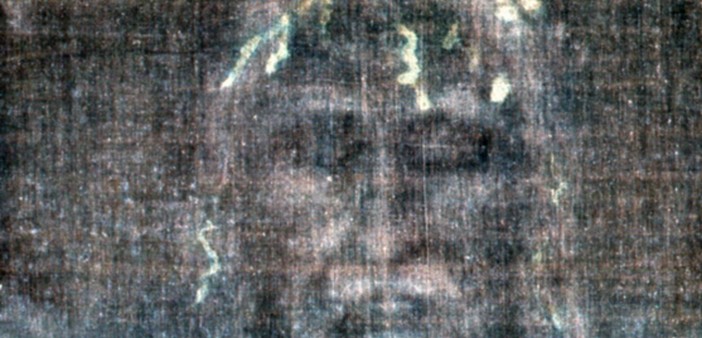The history of the Holy Shroud begins in the early 14th century in Lirey, the fief of Geoffroy de Charmy. His wife organized the first displays of adoration for the relic in 1355. According to documents, the Shroud is believed to have originated from the sack of Constantinople in 1204. In 1390, Pope Clement VI granted indulgences to pilgrims coming to adore the shroud in Lirey.
Facing the dangers of the Hundred Years’ War, the shroud found itself in Nice in 1418 after several adventures. Until 1442, the relic was owned by the de Charmy family. Marguerite de Villersexel exchanged it with Anne of Lusignan for the castle of Varambon. From then on, the Shroud became the property of the Savoy family. In 1453, Duke Ludovic of Savoy installed this relic in a chapel of his palace in Chambéry, which was elevated to collegiate status by Pope Paul II. In 1506, Pope Julius II recognized the cult and veneration of the Shroud, setting its celebration for May 4th.
The Shroud experienced its first fire in 1532 in this chapel in Chambéry. The Poor Clare Sisters performed clumsy repairs by adding fabric, leading to inaccuracies in the carbon-14 dating. Meanwhile, the Savoy family transferred their capital and the Holy Shroud to Turin. In 1578, the holy relic was housed in the royal church of Saint Lawrence, also dedicated to Our Lady of the Snow.
This transfer, besides the political aspect of associating a relic with the state’s political center—Turin had been the capital of the States of Savoy since 1563—followed practical conditions: Charles Borromeo, after a vow, wished to walk from Milan to the Holy Shroud. One can understand that at that time, crossing the Alps was not easy, and Turin, located in the Po plain, was more accessible.
In 1694, the Shroud was permanently installed in the Cathedral of Saint John the Baptist in Turin. This asset of the House of Savoy was bequeathed by Umberto II, the last king of Italy, to Pope John Paul II in 1983. The Holy Shroud fell victim to another fire on April 11, 1997, in the cathedral of Turin. In 2002, it was restored, and the linen fabric was stretched to smooth out the traces of the 48 creases caused by the night fire of December 3-4, 1532.
Various analyses support the sacred nature of this fabric: traces of pollen known only in the Middle East were found. The marks correspond to a wrapped body, and scientists concluded that it was a man who had been scourged and crucified. The blood group found on the fabric is the same as those of the desecrated host in Chieti and the Shroud of Oviedo in Spain. This shroud remains the subject of intense debates. Like all matters of faith, it cannot be proven or disproved.
For our part, we felt an inner upheaval when approaching this shroud displayed for the veneration of the faithful. We are not quite the same after our visit.
So: Faith or hypnotism? Fortunately, we don’t have the answer, because Faith cannot be proven; it is lived, and there in Turin, we lived it.
Thierry Jan


